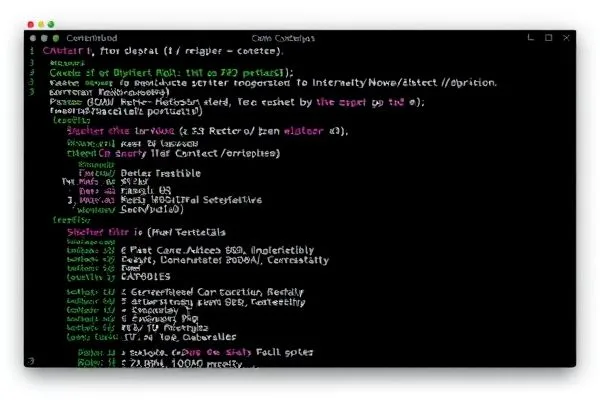SideWinder, a sophisticated APT group, is notable for its targeting of military and governmental entities. This blog post delves into the recent developments in their tactics and techniques, particularly focusing on their intensified operations against the maritime and nuclear sectors. As we explore their updated toolsets and the implications of their attacks, it becomes clear that vigilance is paramount.
Takeaways:
- Continuous evolution of SideWinder’s malware underscores the necessity for robust cybersecurity measures.
- The group has expanded its focus, increasingly targeting maritime infrastructures and nuclear entities.
- Implementing effective patch management can mitigate vulnerabilities exploited by threat actors like SideWinder.
Intensified Operations and Evolving Targeting Strategies
Throughout 2024, SideWinder has shown a marked increase in engagements targeting maritime and nuclear sectors, signifying a strategic pivot in their operations. Initially monitoring activity in Djibouti, the group soon expanded its focus to various countries in Asia and Egypt, leading to a rise in reported incidents involving logistics companies and maritime infrastructures. This trend highlights the group’s adaptability and willingness to venture into high-value targets within critical industries.
Evidence suggests that SideWinder actively upgrades its toolsets to not only bypass security mechanisms but also to extend their foothold within compromised networks. Their rapid adaptation is particularly evident in their response time—modifying malware variants within hours of detection. It becomes crucial to understand that the cyber threat landscape is highly dynamic, with groups like SideWinder continually refining their attack methodologies to maintain a competitive edge.
Infection Vectors and Attack Methodologies
A significant aspect of SideWinder’s operations centers around its use of sophisticated spear-phishing tactics to initiate infections. The group typically employs malicious emails containing documents that exploit known vulnerabilities, allowing for a multi-tiered infection process. For instance, the exploitation of the CVE-2017-11882 vulnerability remains a cornerstone of their approach, enabling them to download advanced malware such as the infamous “StealerBot.”
SideWinder’s documents often disguise themselves as legitimate communications concerning crucial sectors like nuclear energy and maritime logistics. This technique not only enhances their likelihood of success but also underscores the pressing need for continuous training and awareness programs focused on phishing and social engineering threats among employees.
As their toolsets evolve, so too do their methods of obfuscation. The latest iterations of their malware utilize advanced anti-analysis techniques that complicate detection efforts, thereby enhancing their operational security. Recognizing these patterns is vital for cybersecurity professionals tasked with defending against such intricate and adaptable threats.
Conclusion
The persistent threat posed by SideWinder epitomizes the challenges faced by organizations across critical sectors. While their primary infection methodology leverages an aged vulnerability, their significant adaptability and sophistication continue to present formidable risks. Organizations must prioritize timely patch management and implement layered security measures to defend against this and similar threats. Investing in employee training and awareness is equally essential, as human error often remains the weakest link in cybersecurity.
For deeper insights into evolving cybersecurity threats, consider exploring additional resources such as Cybersecurity.org.









